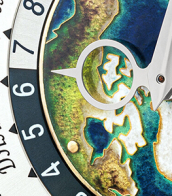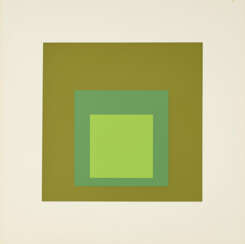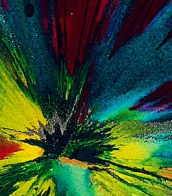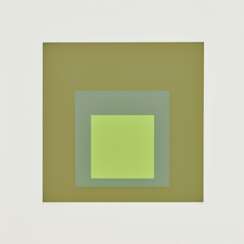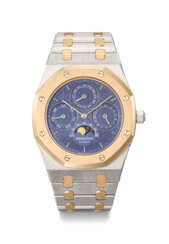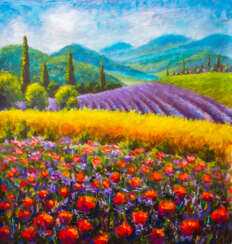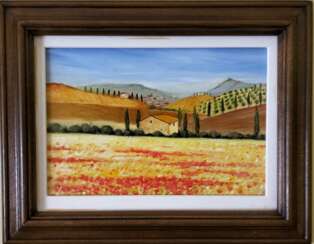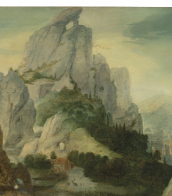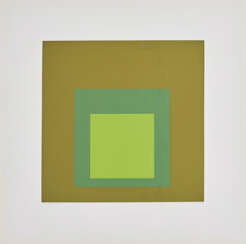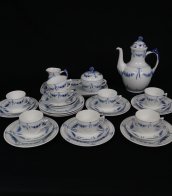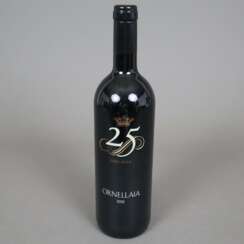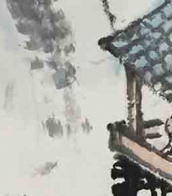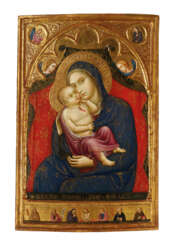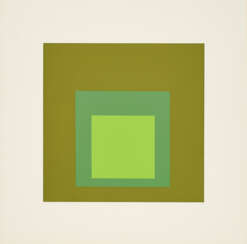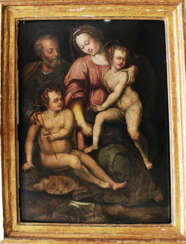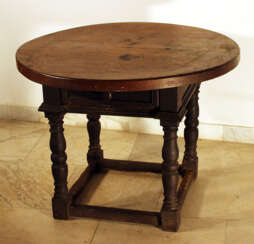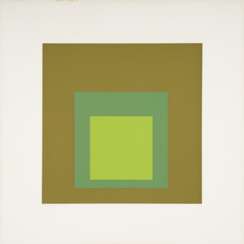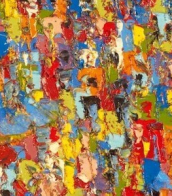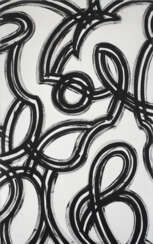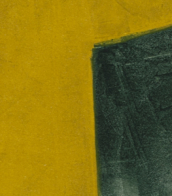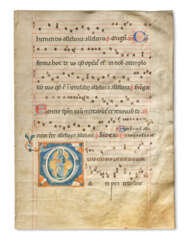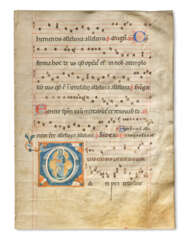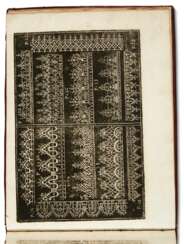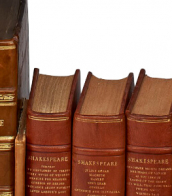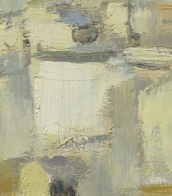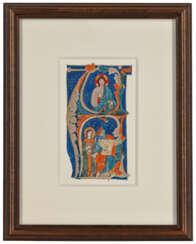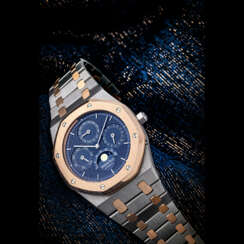tuscany
.jpg)
Josef Albers was a German-born artist and educator. The first living artist to be given a solo shows at MoMA and at the Metropolitan Museum of Art in New York, he taught at the Bauhaus and Black Mountain College, headed Yale University's department of design, and is considered one of the most influential teachers of the visual arts in the twentieth century.
As an artist, Albers worked in several disciplines, including photography, typography, murals and printmaking. He is best known for his work as an abstract painter and a theorist. His book Interaction of Color was published in 1963.
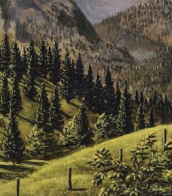

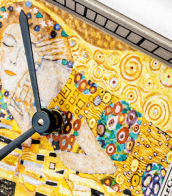
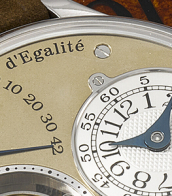
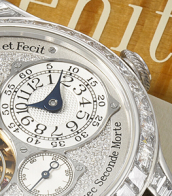
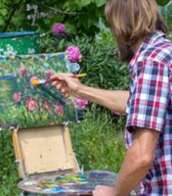

.jpg)
Josef Albers was a German-born artist and educator. The first living artist to be given a solo shows at MoMA and at the Metropolitan Museum of Art in New York, he taught at the Bauhaus and Black Mountain College, headed Yale University's department of design, and is considered one of the most influential teachers of the visual arts in the twentieth century.
As an artist, Albers worked in several disciplines, including photography, typography, murals and printmaking. He is best known for his work as an abstract painter and a theorist. His book Interaction of Color was published in 1963.
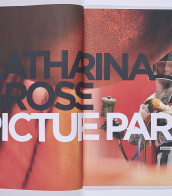
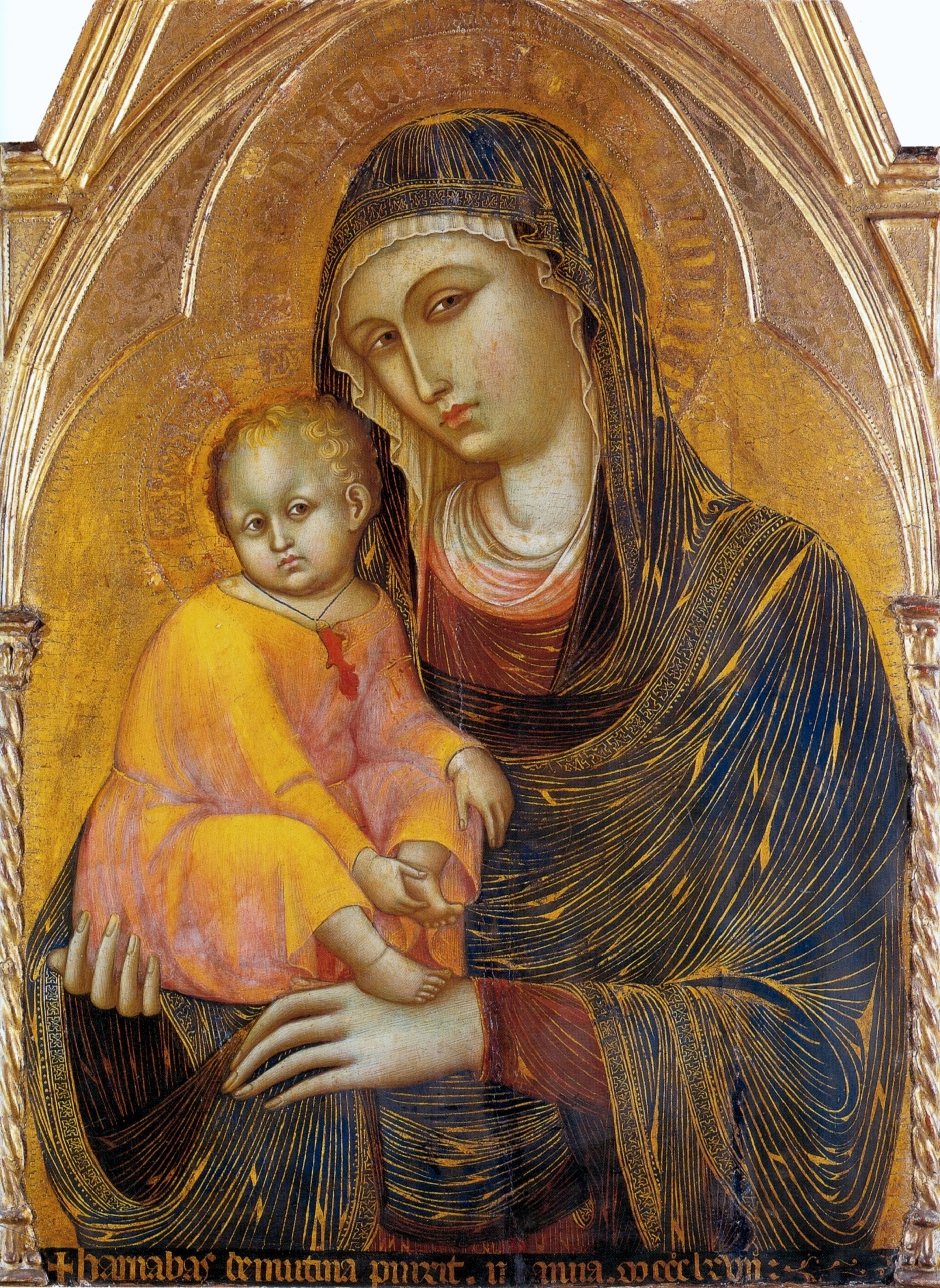
Barnaba da Modena, born Barnaba Agocchiari, was an influential Italian painter from Modena who played a pivotal role in the art scene of mid-14th-century Italy. His work is renowned for embodying the Byzantine art style, making him the first notable Lombard painter. Throughout his career, Barnaba was predominantly active in Lombardy, Piedmont, and even ventured into Pisa in Tuscany, showcasing his diverse geographical influence.
Barnaba's painting style was deeply rooted in Byzantine traditions, characterized by the use of gold highlights and golden backgrounds. He was adept at creating compositions that adhered to the older, more traditional styles of painting, which remained exceedingly popular in Genoa. This adherence to Byzantine painting techniques contributed significantly to his success in Genoa, as it resonated with the stylistic preferences of the time. His work often featured religious themes, executed with a depth of feeling and a refined technique that distinguished him from his contemporaries.
His extensive body of work includes about 50 known pieces, many of which are held in high regard for their technical and artistic quality. Notable works by Barnaba da Modena are preserved in prestigious institutions, including the National Gallery in London and The Courtauld, London. These works, such as "Virgin and Child" and "Pentecost," reflect his profound influence on the Genoese and possibly Pisan art scenes of the late 14th century. His follower, Nicolò da Voltri, continued Barnaba's stylistic legacy well into the 15th century, particularly in Liguria.
For collectors and experts in art and antiques, Barnaba da Modena's paintings offer a unique window into the transition between Medieval and Renaissance art, marked by his exceptional blending of Byzantine and Italian Gothic elements. His ability to convey religious narratives through meticulous detail and vibrant gold accents make his works a valuable addition to any collection.
To stay informed about new discoveries, sales, and auction events related to Barnaba da Modena's works, signing up for updates is advisable. This subscription will provide exclusive access to the latest information on this masterful painter, enriching your collection with significant pieces from the mid-14th century Italian art scene.

.jpg)
Josef Albers was a German-born artist and educator. The first living artist to be given a solo shows at MoMA and at the Metropolitan Museum of Art in New York, he taught at the Bauhaus and Black Mountain College, headed Yale University's department of design, and is considered one of the most influential teachers of the visual arts in the twentieth century.
As an artist, Albers worked in several disciplines, including photography, typography, murals and printmaking. He is best known for his work as an abstract painter and a theorist. His book Interaction of Color was published in 1963.
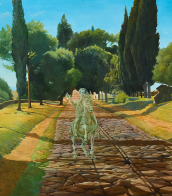
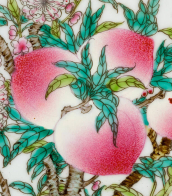
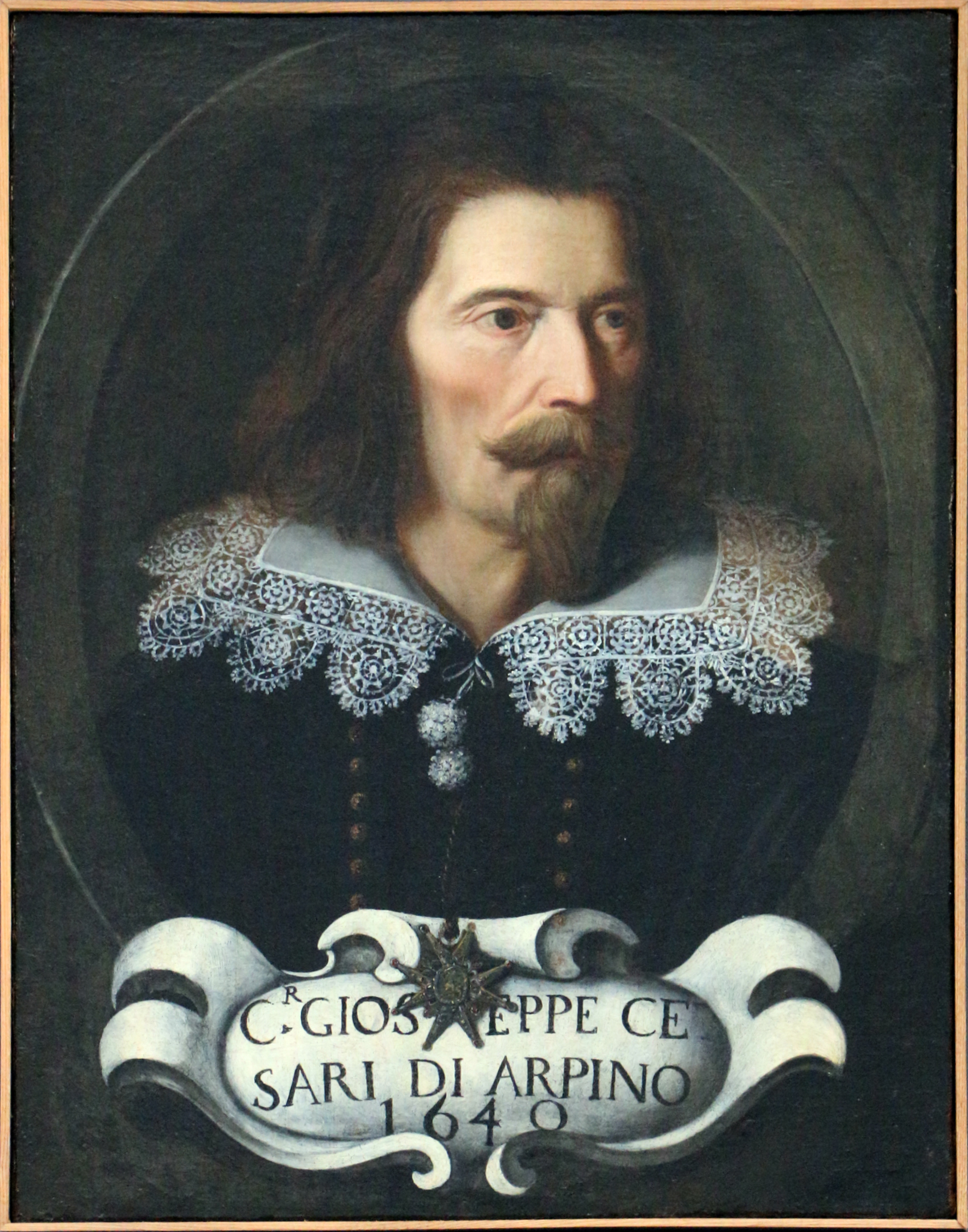
Giuseppe Cesari was an Italian Mannerist painter, also named Il Giuseppino and called Cavaliere d'Arpino, because he was created Cavaliere di Cristo by his patron Pope Clement VIII. He was much patronized in Rome by both Clement and Sixtus V. He was the chief of the studio in which Caravaggio trained upon the younger painter's arrival in Rome.
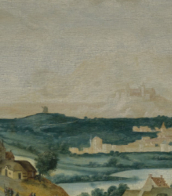
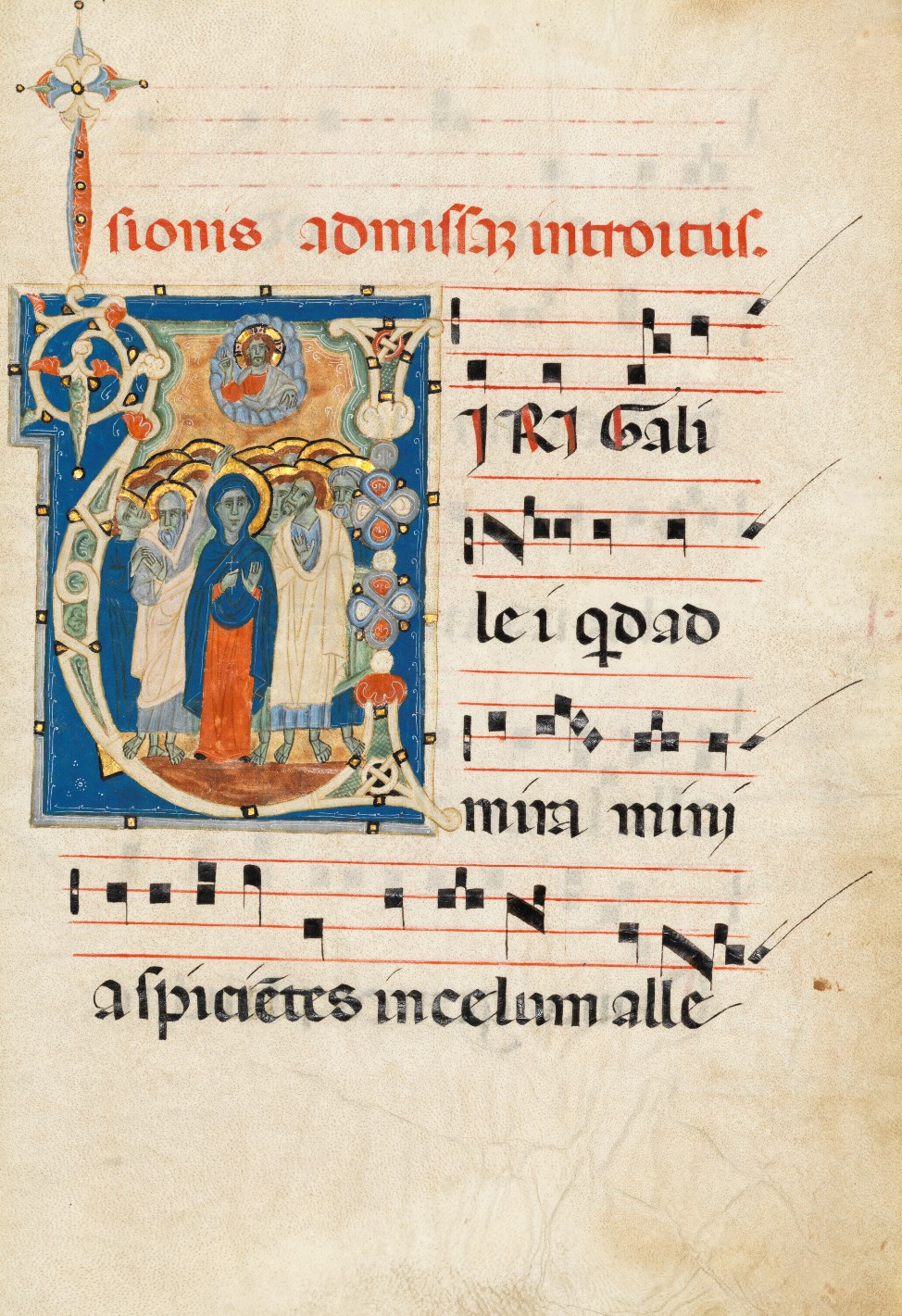
Sant'Alessio in Bigiano, also known as Maestro Geometrico, was an Italian master who led the most active bookmaking workshop in Tuscany during the last quarter of the 13th century.


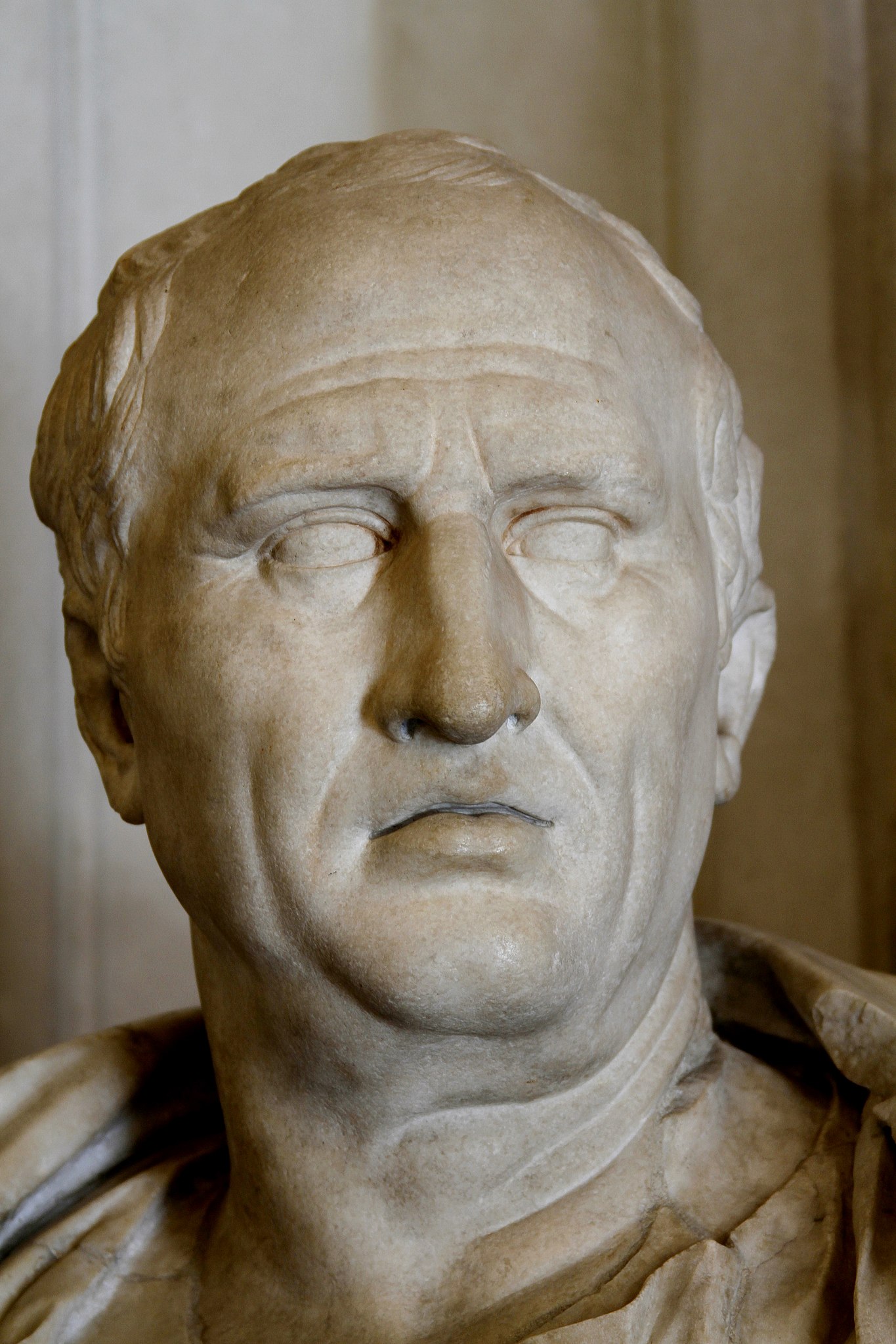
Marcus Tullius Cicero was a Roman statesman, lawyer, scholar, philosopher, and academic skeptic, who tried to uphold optimate principles during the political crises that led to the establishment of the Roman Empire. His extensive writings include treatises on rhetoric, philosophy and politics. He is considered one of Rome's greatest orators and prose stylists. He came from a wealthy municipal family of the Roman equestrian order, and served as consul in 63 BC.
His influence on the Latin language was immense. He wrote more than three-quarters of extant Latin literature that is known to have existed in his lifetime, and it has been said that subsequent prose was either a reaction against or a return to his style, not only in Latin but in European languages up to the 19th century. Cicero introduced into Latin the arguments of the chief schools of Hellenistic philosophy and created a Latin philosophical vocabulary with neologisms such as evidentia, humanitas, qualitas, quantitas, and essentia, distinguishing himself as a translator and philosopher.

